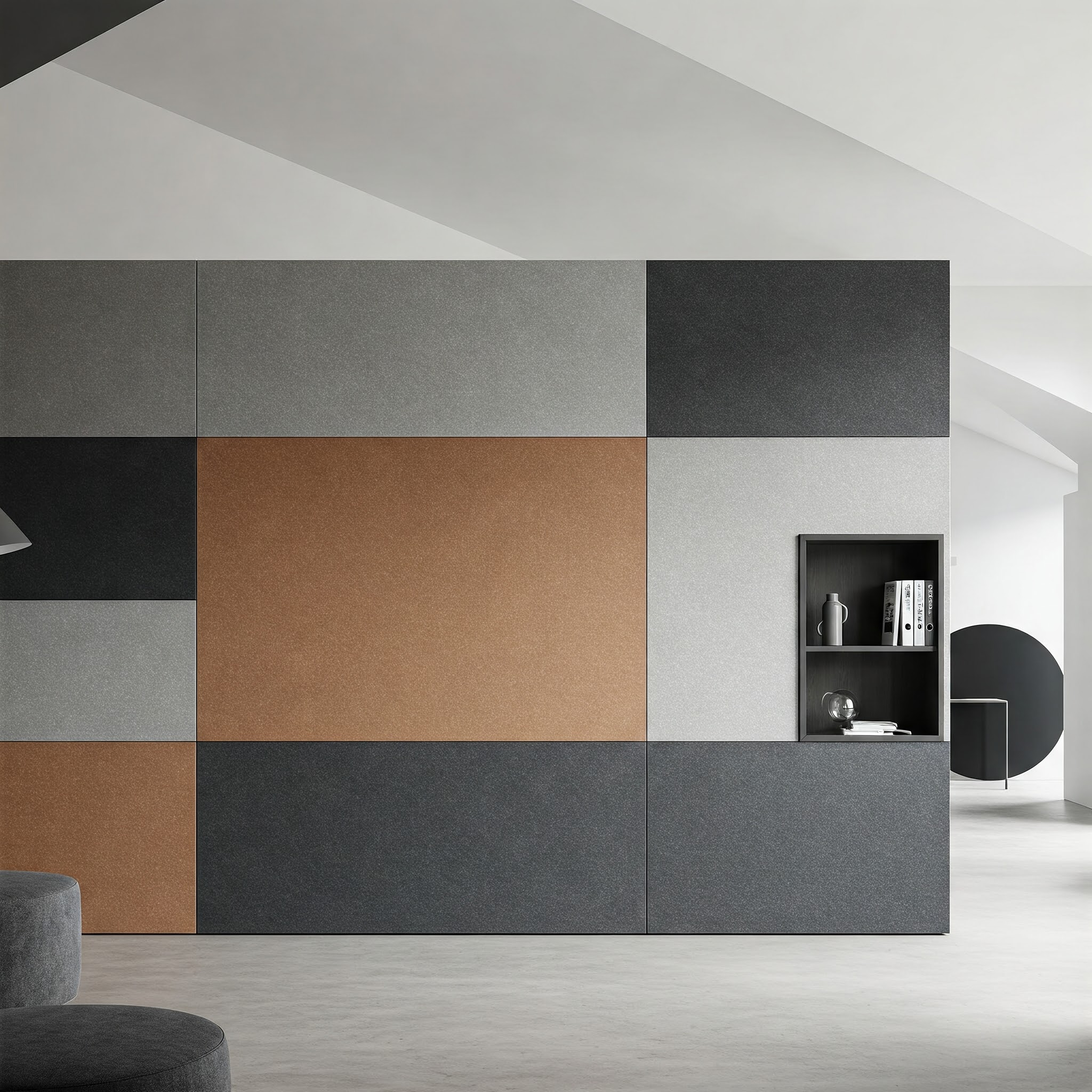The Modular Wall Design:
Revitalizing Rooms by Creativity and Imagination
Design in the speed age is not beauty anymore, but functionality, versatility, and creativity. Maybe one of the most intriguing new ideas in interior architecture and design is the trend of modular walls. The pioneering constructions that are reshaping how we build and rebuild our environment, with utilitarian solutions and with art.
What Are Modular Walls and How Do They Come into Being
Modular walls are freestanding or temporary structures made of modular wall panels that are reconfigurable, relocatable, and easy to assemble. They differ from the traditional approach in the sense that they are constructed on the basis of flexibility. They use light but strong materials such as aluminum, composite, or acoustic panels, hence offering both strength and aesthetic flexibility.
The design of the wall starts with defining the purpose of the wall—separation of space, sound reduction, art display, or a component of brand qualities. The designers then create panel specifications: panel size, texture, finish, and composition. Panels even feature lighting, multimedia, or green features.
This beautiful combination of art and engineering equates to buildings that are both aesthetically pleasing and practical.

Who Makes Use of Modular Walls and When?
Modular walls are used in diverse industries, from business to art settings. They are a favorite option for companies that plan to establish simple-to-reconfigure offices, retail stores, or open-plan workstations.
Museums and galleries also widely use exhibition panels to showcase art and exchange sets with ease. Their temporary yet elegant appearance allows curators to change themes frequently without needing to make structural changes. Pop-up exhibitions and trade shows also rely on modular wall panels for the construction of bespoke booths that take only hours to install and the same amount of hours to disassemble.
Schools, doctors, and even homeowners are getting on board—using them to create study pods, wellness nooks, or adaptable living spaces.
Types and Designs: Endless Options
The advantage of modular wall panels is that they are adaptable. From crisp modern finishes like matte black and brushed metal to warm wood grain or clear acrylics, the design possibilities are almost limitless. Panels can be solid or perforated, acoustic or decorative, flat or curved.
Types are:
- Freestanding panels: Ideal for quick layout changes in open spaces.
- Wall-mounted systems: For semi-permanent use or extension to existing walls.
- Custom show panels: Constructed specifically for gallery or showroom use, sometimes used to contain lighting or display hooks.
And, in addition, most systems also integrate seamlessly with brand elements like logos or electronic displays, so that every installation is a canvas for storytelling.
Sustainability is also emerging as a top priority. Most companies now provide reusable or recyclable materials, mirroring green efforts at the private and public levels.
Conclusion
The use of modular walls represents a departure from our hard, conventional way of thinking regarding space, towards a more adaptive, design-based solution. From creating a high-impact gallery installation with panels to redefining the retail shop, or even just needing more privacy in the office, such systems offer unprecedented flexibility and style.
Published 4/24/25